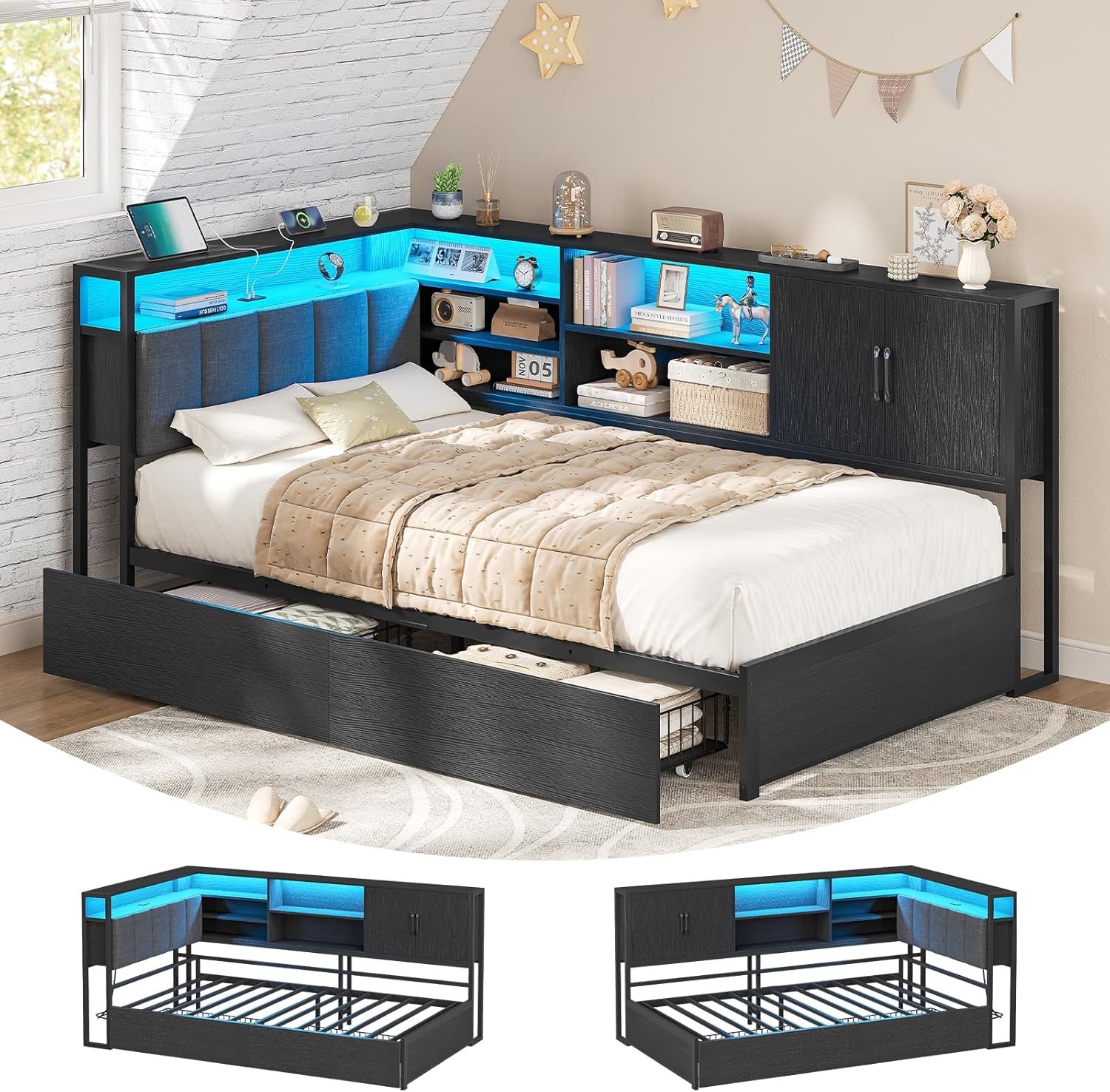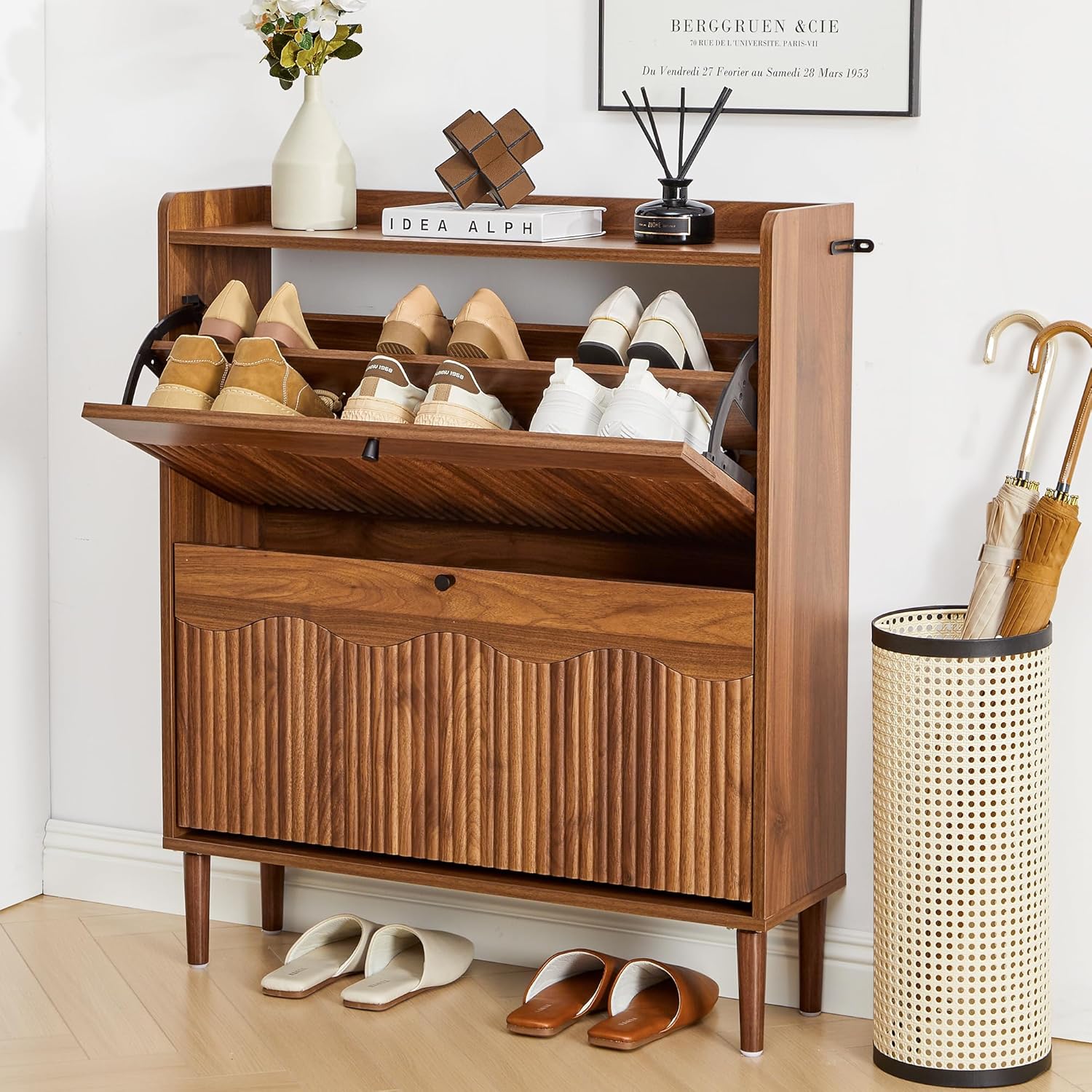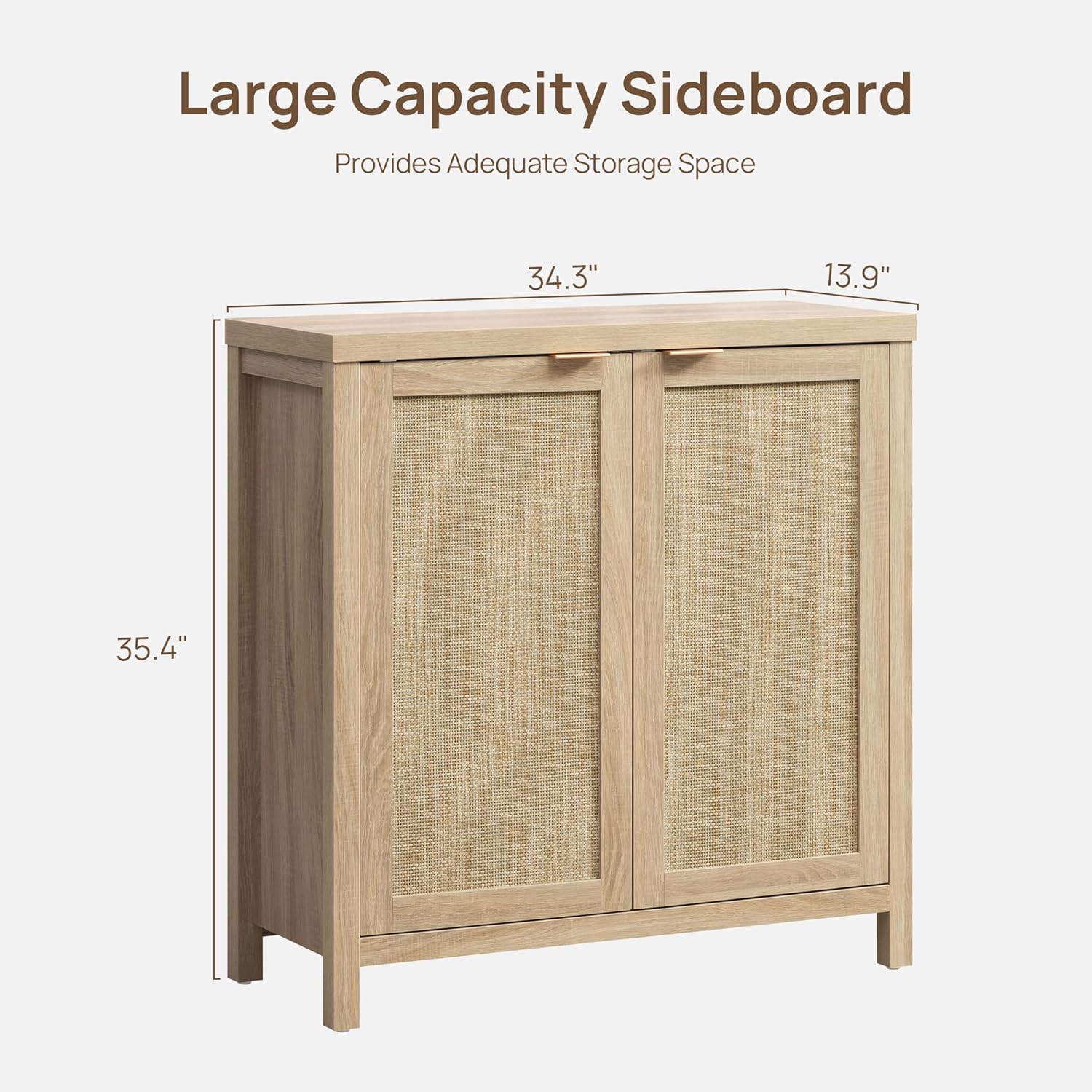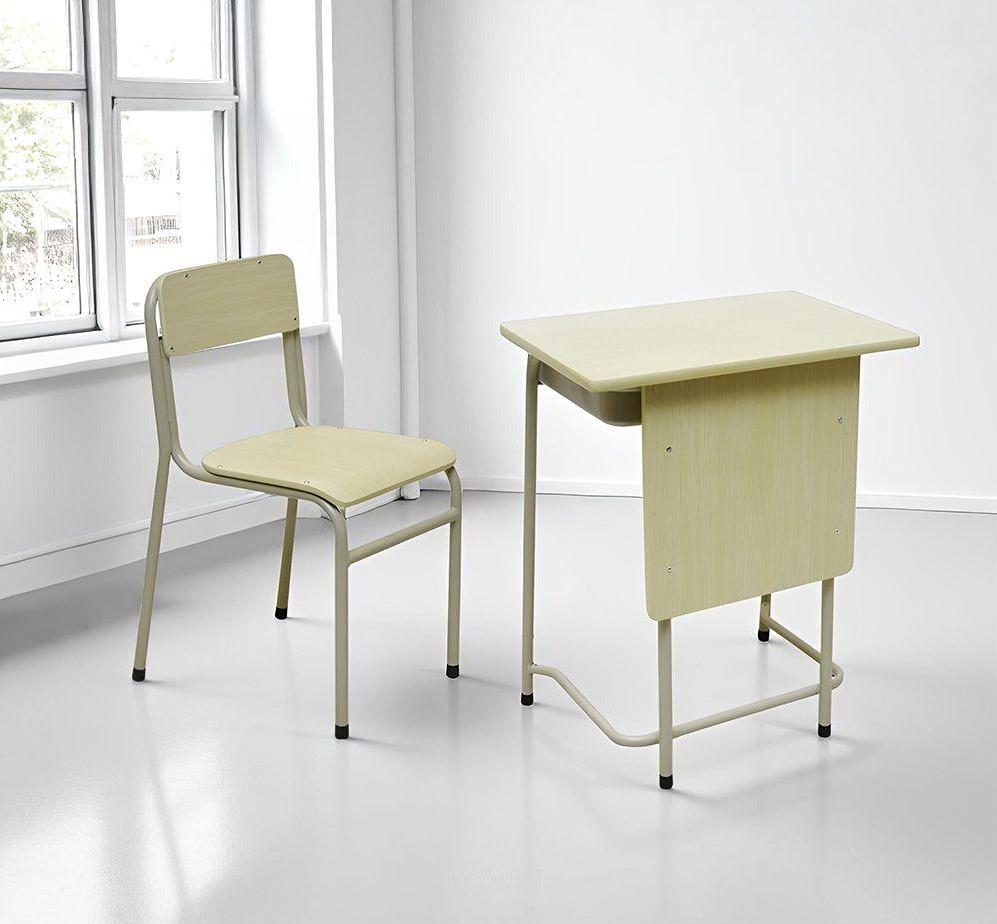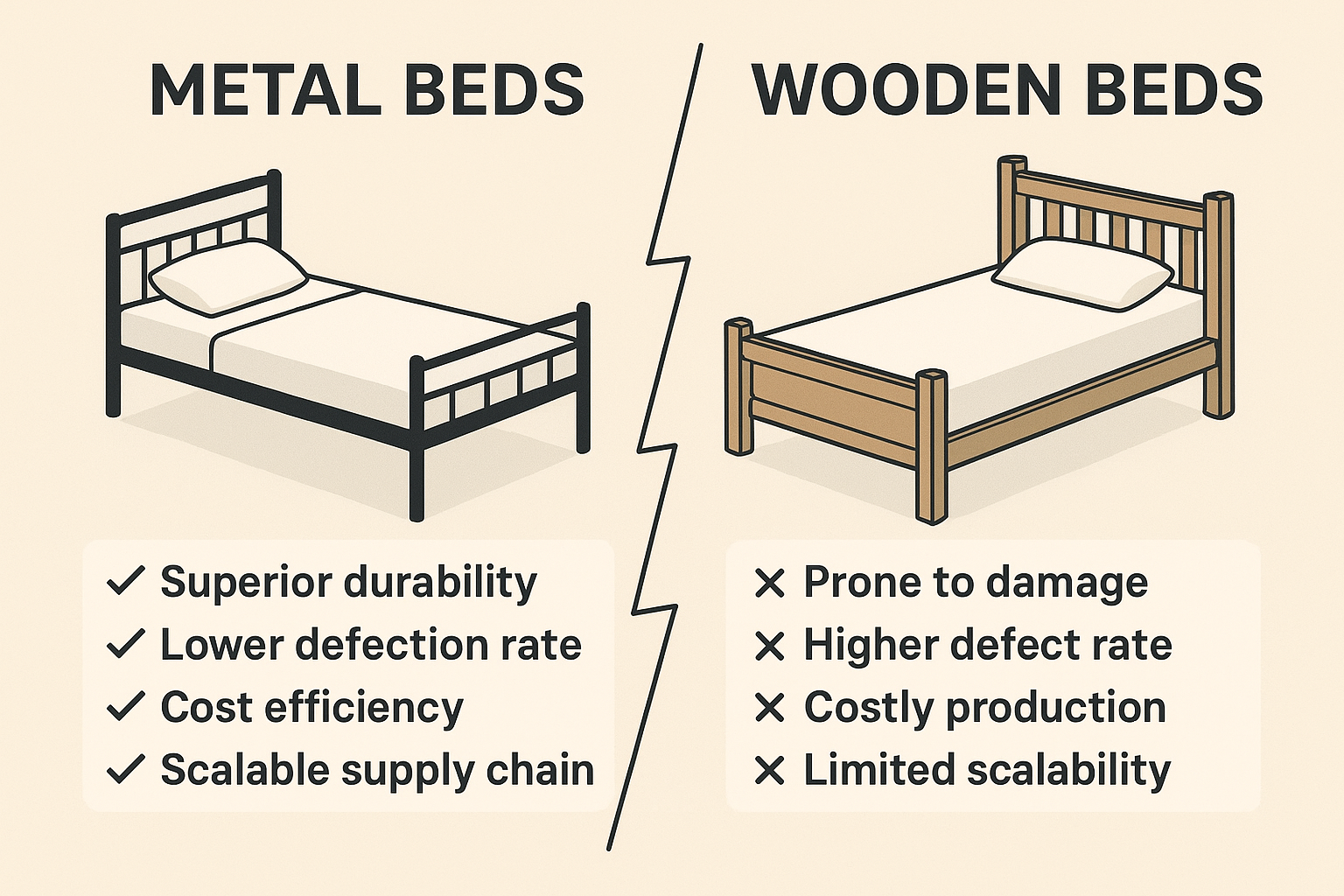
In the past few years, the global furniture market has seen a clear shift in buyer behavior, especially among B2B customers such as distributors, wholesalers, e-commerce brands, and project contractors. Metal beds have rapidly gained dominance over traditional wooden beds, becoming the preferred choice for large-volume procurement. This trend is driven not only by product performance but also by how metal beds align with today’s supply chain demands, sustainability goals, and evolving consumer expectations.
1. Superior Durability and Structural Stability
B2B buyers consistently highlight durability as the most important factor in reducing return rates and after-sales issues. Metal beds offer:
Stronger weight capacity
Resistance to humidity, insects, and temperature changes
Minimal deformation or cracking
Longer product lifespan
In contrast, wooden beds—especially MDF or particle board structures—are more vulnerable to moisture, swelling, and damage during transportation. For global shipments and long-term usage in rental apartments, dormitories, or hostels, metal frames provide far greater reliability.
2. Lower Defect Rates and Safer Shipping
For international buyers, especially those shipping to Europe and North America, a low defect rate is directly linked to profitability. Metal beds have significant advantages:
Fewer chances of panel damage
Stronger protection during transit
Fewer missing or mismatched parts
More consistent quality control
Wood-based furniture, particularly larger structures, is more susceptible to edge damage, surface scratching, and breakage—problems that become costly for cross-border e-commerce sellers and distributors.
3. Cost Efficiency in Production and Logistics
One of the strongest drivers behind the metal bed trend is cost efficiency. Metal beds benefit from:
Automated welding lines
Powder-coating finishes with low defect rates
Flat-pack designs that reduce shipping volume
Lower labor intensity than woodworking
Wooden beds require more manual steps, precision cutting, sanding, and surface treatments, making them more expensive and time-consuming to produce. For B2B buyers focused on stable margins, metal beds offer a more predictable cost structure.
4. Increasing Demand from Global E-Commerce
Metal beds have become a top-selling category on Amazon, Wayfair, Shopee, and Lazada. Their rise in online platforms is due to:
Clear and straightforward product structure
High assembly accuracy
Reduced after-sales risks
Stable user ratings
E-commerce sellers prefer products with fewer complaints and stronger packaging protection—two areas where metal beds significantly outperform wooden beds. As more brands build long-term online portfolios, metal beds become an essential category.
5. Better Adaptation to Modern and Minimalist Design Trends
Metal beds now come in various styles, such as:
Minimalist black frames
Scandinavian steel-wood combinations
Industrial retro finishes
Upholstered hybrid designs
Their versatility allows B2B clients to target multiple segments with one product line. Metal structures also make it easier to create modular designs, add storage space, or integrate noise-free slats—features increasingly demanded by urban consumers.
6. Sustainability and Recyclability
Sustainability has become a standard requirement in procurement. Metal beds align better with ESG goals because:
Steel is fully recyclable
Powder coating reduces chemical waste
Metal furniture has longer replacement cycles
Wooden furniture, especially when using engineered boards, has higher environmental impact due to adhesives, formaldehyde control, and limited recyclability. For importers who value eco-friendly branding, metal furniture supports long-term positioning.
7. Greater Customization and Private Label Potential
Metal beds offer strong flexibility for brands looking to create differentiated SKUs:
Custom colors and finishes
Unique headboard or footboard designs
Noise-reduction structures
Logo engraving or private-label packaging
Tailored slat systems to fit market preferences
For buyers developing exclusive models for Amazon, Wayfair, B2B platforms, or offline channels, metal beds provide more design freedom and lower tooling cost compared to wooden products.
8. More Stable and Scalable Supply Chain
Metal bed production is highly scalable. Automated assembly lines allow factories to:
Deliver large quantities efficiently
Maintain consistent lead times
Support long-term project commitments
Handle peak-season orders without delays
In contrast, wooden bed production is more dependent on manual craftsmanship and timber supply fluctuations. This makes metal beds a more secure choice for buyers who prioritize predictable delivery.
B2B buyers increasingly prefer metal beds because they provide a perfect balance of durability, cost efficiency, scalability, and market adaptability. As global consumption shifts toward affordable, long-lasting, and easy-to-assemble furniture, metal beds align closely with both customer needs and modern supply chain realities.
For importers, distributors, and e-commerce brands looking to build a stable and profitable furniture portfolio, metal beds remain one of the most strategic product categories in recent years—and will continue to lead the market in the years ahead.

